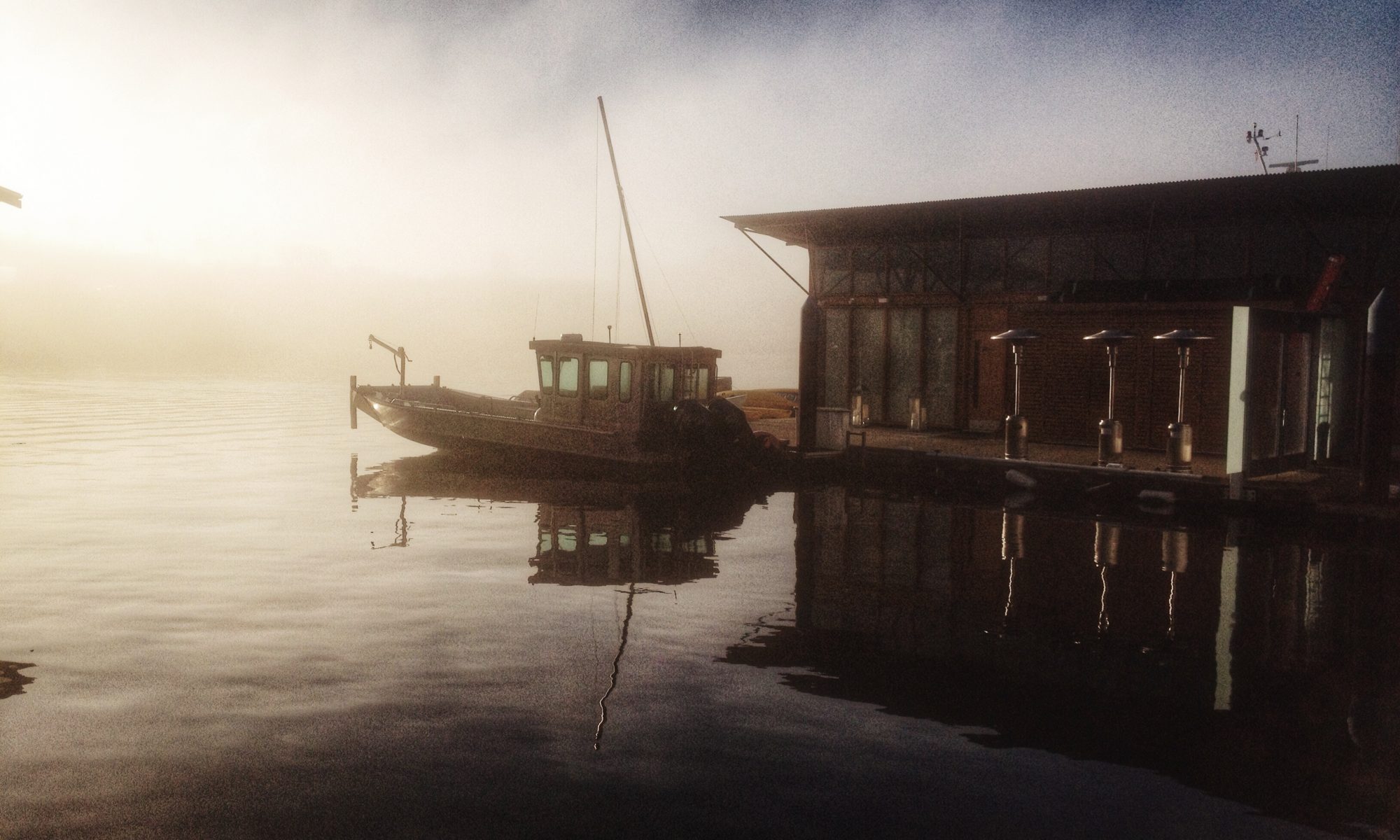Stop. Before you read any more of what I have to say, go read Lauren’s beautiful take on the concert. She’ll describe it much more beautifully than I. She also experienced a very different concert than I. Perhaps the one I wanted to have.
Much like Lauren, seeing Bruce Springsteen live was on my musical bucket list (& perhaps my actual list). I knew going into the show that this would be a tidy, soul-based, big-band experience. But it didn’t connect for me. Maybe it was my vantage point. I was high up, slightly behind the stage as you can see from the instagram above.
It irked me that the band started the show in “mid-concert” form – there was no warming up the crowd, we were just suppose to already be fully swayed by the awesome that is the band, and call-and-answer, sing-along and glory by the end of the first bar. I wasn’t. I don’t care you are, you earn my devotion through the course of a show, not before I show up.
Watching from above, the show seemed so choreographed, so pre-planned that nothing felt spontaneous. I got the distinct impression that the hand gestures, the rock-god posing – it would have happened whether there was an adoring audience or not – not that there’s ever any fear of there not being an adoring audience at a stadium rock show.
What I love most about live music is seeing musicians on stage who appear to truly love being there, who are present in that moment, with whom I can share a sense of a special moment. At one point Bruce said that he loves his job. Which is great, I’m glad. But I guess I want him to pretend, for me, that playing live shows isn’t a job – it’s a passion, something he simply couldn’t exist without. Because no matter how much you love your job, you can walk away, leave it behind and get back to your life.
I can’t fault the band’s stellar muscianship, his showmanship or the effort put into the show. I cannot believe that at his age Bruce Springsteen can still work a stage the way he does. Hell, I couldn’t keep up with him, and I’m only slightly over half his age (he’s, I believe, 64; I’m 35). But the whole event felt clinical, precise to me. Cynical, even.

